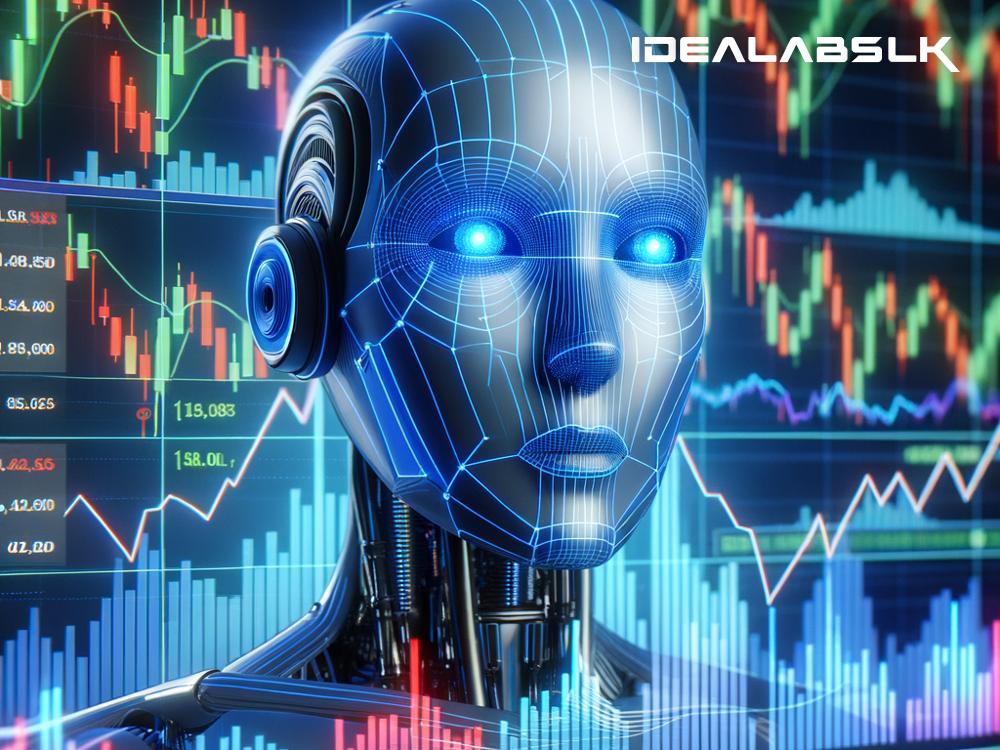Trading AI Bots: The Good, The Bad, and Their Inner Workings
In the fast-paced and often unpredictable world of stock market and cryptocurrency trading, the idea of using an AI (Artificial Intelligence) bot might sound like the perfect co-pilot. Imagine a tireless, emotionless, and super-fast assistant working 24/7 to make you money. Sounds great, right? But, as with most things in life, it's not all sunshine and rainbows. Let's explore the upsides and downsides of using trading AI bots and understand how they actually operate.
How Do Trading AI Bots Work?
At their core, trading AI bots are software programs designed to buy and sell assets like stocks or cryptocurrencies based on a set of rules or conditions. These bots can analyze market data, interpret signals, and execute trades much faster than a human ever could. They work by tapping into exchanges' APIs (Application Programming Interfaces), which allow them to perform operations on your behalf.
The "AI" part comes into play in two main ways. First, many bots use what's known as "technical analysis" — studying past market data and using indicators to predict future movements. Secondly, the more advanced bots leverage machine learning, a subset of AI, to learn from market conditions and improve their decision-making process over time. Essentially, they get smarter the more they trade.
Pros of Trading AI Bots
-
Speed and Efficiency: AI bots can analyze heaps of data and execute trades in milliseconds. This speed is crucial in markets where every second can mean significant profit or loss.
-
Emotionless Trading: Bots follow the trading plan without hesitation or emotion. This means they won't panic sell at a loss or greedily hold onto assets for too long.
-
24/7 Trading: Unlike humans, AI bots don't need to sleep. They can trade round the clock, ensuring you never miss out on a potentially profitable trade just because you were off the clock.
-
Backtesting: Many trading bots allow you to test your trading strategy against historical market data. This feature gives you an idea of how your strategy might perform without risking any actual money.
Cons of Trading AI Bots
-
Complexity and Setup: Setting up a trading bot requires some degree of technical knowledge and understanding of the market. For someone not well-versed in both, it can be a daunting task.
-
Costs: Some of the more sophisticated bots come with hefty price tags, either through upfront costs or subscription fees. Additionally, you'll need to consider the risks inherent in trading — there's no guarantee of profit.
-
Market Unpredictability: While AI bots can make educated guesses based on historical data, markets are influenced by countless unpredictable factors. There's no AI that can foresee every market movement.
-
Security Risks: Since bots need access to your trading account to operate, there's always a risk involved. Poorly coded or malicious bots might cause significant financial loss.
Finding the Right Balance
To make the most out of trading AI bots, it's crucial to understand that they are tools, not magic wands. A healthy skepticism and a hands-on approach to setting parameters and limits for your bot are necessary. Regularly monitoring its performance and making adjustments as needed will help mitigate risks.
Tips for Potential Users
- Do Your Research: Before diving in, understand how trading works. Knowledge is power, and in the case of AI trading, it could also mean profit.
- Test Extensively: Use the backtesting feature to check how your strategy would have performed in various market conditions.
- Start Small: Don't put all your eggs in one basket right away. Start with smaller amounts and gradually increase as you become more comfortable and confident in your bot's abilities.
- Stay Updated: Markets evolve, and so should your bot. Keep up with financial news and consider how global events might impact your strategy.
Conclusion
Trading AI bots offer an enticing prospect of making money through automated trades, but they aren't without their flaws. Their ability to process information quickly and execute trades around the clock gives them an edge over human traders. However, their effectiveness is limited by their programming and the unpredictable nature of the markets. Ultimately, a successful trading strategy with AI bots involves a blend of technological reliance and human oversight. Used wisely, they can be powerful allies in your trading endeavors.

